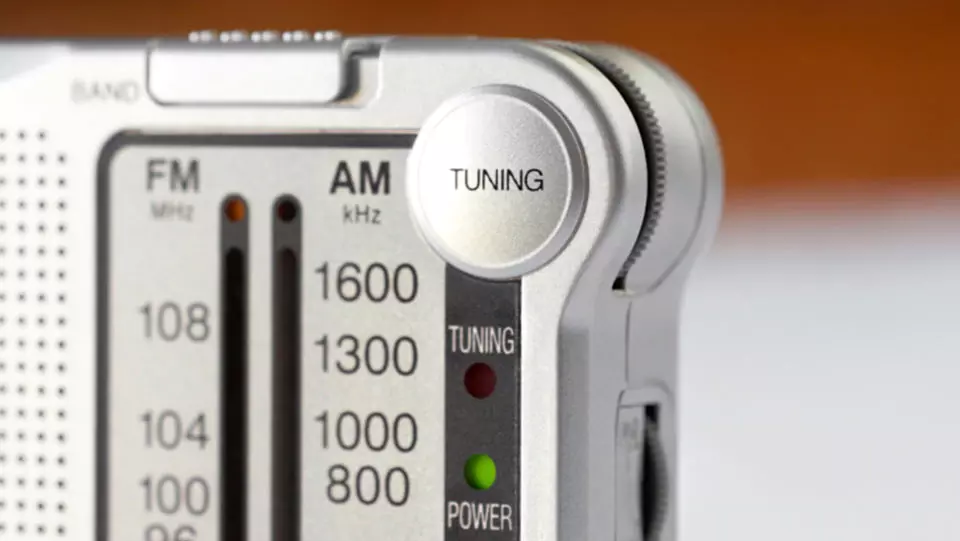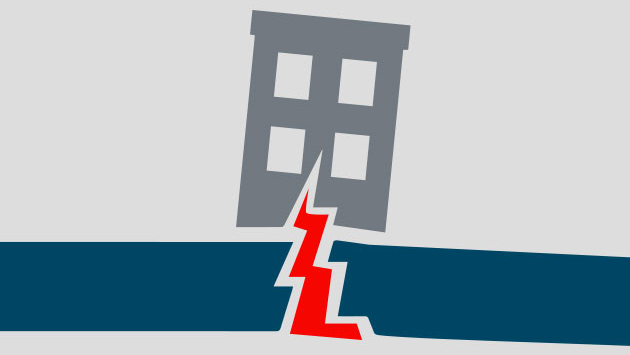How to Build an Emergency Survival Kit

(DESCRIPTION)
Travelers red umbrella logo. Text, Packing a Survival Kit. An animation shows a house in the rain with lightning striking in the dark cloud above.
(SPEECH)
SPEAKER: When severe weather strikes, you may lose power. Now, imagine if that power outage lasted for days.
(DESCRIPTION)
The cloud and rain slide away to show a blue sky with white clouds.
(SPEECH)
You don't need to be caught unprepared if you take the time to assemble a home survival kit long before the threat of catastrophic weather. For starters, it's helpful to have at least a week's worth of essentials to get you by.
(DESCRIPTION)
The items roll by on the screen as they are listed.
(SPEECH)
Here are some items to consider for your survival kit, one gallon of water per person per day plus extra water for your pets, non-perishable and canned foods and a non-electric can opener, at least one week supply of medications for family members and pets, hand sanitizer and other personal hygiene items, battery-powered light sources like flashlights and lanterns. Don't forget to include extra batteries.
A battery-powered or hand-crank radio, extra clothing and blankets, baby supplies and pet food, a first aid kit, pen and notebook with emergency numbers and contacts, chargers for your electronics, including a car charger, a whistle to signal for help.
(DESCRIPTION)
A woman blows a red whistle.
(SPEECH)
Whether you're evacuating to safety or weathering a storm at home, having the basic necessities can help make a challenging situation safer for you and your family. Talk to your Travelers representative or independent agent today.
(DESCRIPTION)
The storm cloud blows away from the house again. The door opens with a mom, dad and baby standing at the threshold, all smiling.
Travelers red umbrella logo. Text, travelers.com. Travelers Casualty and Surety Company of America and its property casualty affiliates. One Tower Square, Hartford, CT 06183. This material does not amend, or otherwise affect, the provisions of any insurance policy issued by Travelers. It is not a representation that coverage does or does not exist for any particular claim or loss under any such policy. Coverage depends on the facts and circumstances involved in the claim or loss, all applicable policy provisions, and any applicable law.
When creating an emergency survival kit for the home, consider the supplies you might need to last you and your family for a minimum of three to seven days. In case of emergencies that may require that you leave your home quickly, such as a wildfire, prepare your kit well in advance and keep it in an easily accessible location so you can take essential items with you if you must evacuate with little notice.
For other emergencies that might require staying in place at home for several days, such as a blizzard, you might want to gather supplies when a storm is first forecast and closely monitor the storm to ensure that you have everything you need on hand.
Whether you are hunkering down to weather a storm at home, scrambling to evacuate to get to safety or facing the possibility of being stranded in your vehicle during stormy weather, one thing is sure: Having the proper provisions can help make a difficult scenario safer for you.
The following are some of the key considerations for a survival kit to fit these potential emergency situations. Consider how each of them could suit these scenarios and arm yourself appropriately.
- One gallon of water per person, per day.
- Nonperishable and canned foods, along with a non-electric can opener.
- Sanitation and personal hygiene items.
- Flashlights with extra batteries.
- Battery-powered or hand-crank radio, with extra batteries if relevant.
- Extra clothing and blankets.
- A first-aid kit.
- Emergency cash and checks as credit cards may not be dependable in a power outage.
- Chargers for electronics, including vehicle chargers.
- A whistle to signal for help.
- Duct tape.
- Copies of personal documents, including a home inventory list, insurance policies and other important legal and financial documents.
- Bug spray (depending on location and climate).
- Hand and foot warmers (depending on climate).
- Pen and notebook to keep notes such as important phone numbers, in case the power is out and electronic devices are not working.
- Baby supplies such as diapers, wipes, infant formula, food and bottles.
- Pet food and extra water for your pets.
- At least a three- to seven-day supply of any daily medication for family members and pets.



